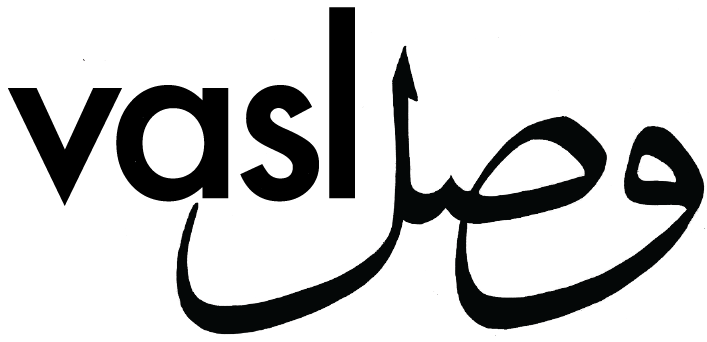Artists in Creative Education Part 2
Behbud School, Habib Girls School, Karachi High School, St. Josephs School
2014
with Hamida Khatri, Hassan Mustafa, Cyrus Vicaji, Fazal Rizvi, Sausan Saulat, Taqi Shaheen, Yaminay Chaudhri and Zahra Malkani.
‘Creative Partnerships’ is a project developed in the UK, 1998 until 2011, where the program was run in over 10% of the educational facilities across the country. Academics, researchers and official inspection boards tracked the development of the program (both in the UK and internationally) have confirmed the efficacy of the Creative Partnerships model in regard to activating student’s education, even students who were initially resistant and ‘least interested’ to their studies and educational process. This programme helped increase student’s interest in their education while it was proven to improve grades and school-wide league performances in general. Since 2011, CCE have been working to establish the model internationally and are currently working alongside governments, foundations and independent organisations in countries including Pakistan, Vietnam, Lithuania and Norway.
Recognising the power of creativity within the learning process and to prepare students for a modern workplace that is becoming increasingly unstable, the CCE model place’s creative practitioners within schools for a certain period of time in order to develop the application of creative practices (such as, art, drama, design, music, creative writing, photography, filmmaking, etc.) within the teaching of the curriculum. Creative learning can enhance our teaching of mathematics and science. For example, it can generate a peaceful and collaborative environment for children to learn. Even so, creative education allows students to learn how to think outside the box and to develop independent thoughts and problem-solving capacities, qualities which are essential to the modern economic environment. Creative activity is therefore not considered to be separate to the academic process within this model; instead, creative work is of intrinsic value to education and teaching. Therefore, to our wider economic and social progress.
Following the success of CCE’s earlier, ‘Artists in Creative Education’, the Birmingham/Pakistan project led to the development of a CP program in Karachi, Pakistan. This was in partnership with the artists collective, Vasl. In 2014, Vasl collaborated with CCE and launched the second phase of their pilot project in Karachi, Pakistan. 7 well established artists, Cyrus Vicaji, Yaminay Chaudhri, Taqi Shaheen, Sausan Saulat, Zahra Malkani, Hamida Khatri and Fazal Rizvi were settled in seven various educational institutes. These institutes consisted of, the Karachi High School, Behbud Girls and Boys Secondary School (Shireen Jinnah), Behbud Primary and Secondary School (Kalapul), Kiran School System (Lyari), Al- Murtaza School, Habib Public School in order to conduct creative workshops formulated on varying school challenges. CCE’s work included the provision of training for artists and teachers. This resulted in developing relationships with key institutions and private individuals with a view to identify funding for a more systemic intervention across majority of schools.
This workshop culminated in a collective exhibition of the, collaborative project between Vasl and CCE, ‘Creative Partnerships Project 2014′ in June 2014 at the FOMMA DHA Art Centre, Karachi. Video and art made by children from 7 different schools within Karachi were on display.

















